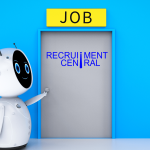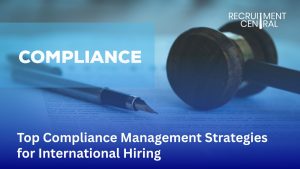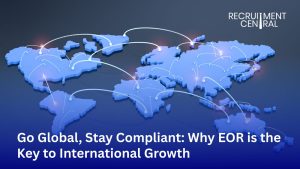Resumes often lay a foundation for all the career-related building processes. For a beginner, creating them can be much of a task. Statistically, a whopping 88% of resumes get rejected in the initial stages due to formatting errors and lack of relevant information. A well-crafted resume can gather positive impressions from the recruiter, who is more likely to be selected. If you are planning to kickstart a career in Singapore and looking for ideas to level up your resume game, this article is for you!
This blog will focus on and enrich you on the generic and versatile components of resume building. But before we dive into discussing the key elements, often, we face challenges that boggle our minds and leave us in a state of never-ending confusion, so let’s address them!
Challenge no. 1
Key Difference between Resume and CV
A CV is a comprehensive summary of every job position that a person has had. A resume highlights the essential qualifications and relevant job experiences and does not dive into summarizing them all. CVs are usually three pages long, while resumes are short and precise, one to two pages long.
Challenge no. 2
How long should my resume be?
Generally, resumes are 1-2 pages long. They are clear and crisp, giving employers the gist of your qualifications and experiences. If you are a highly qualified individual with years of experience, summarize your job roles, making it a 3-4 page long text.
Challenge no. 3
Lack of specifications catering to a particular job
Attempting one-size-fits-all does not always work. Individuals should be specific in meeting the requirements mentioned in the job description, enlisting skills they possess.
Components to keep in your Mind while sending out your resume to Singapore based Employment companies
1. Personal Profile/Information: This category must include the following components:
- A good photograph makes a good impression. The picture should be recent and relevant.
- Full name
- Home address
- Email- address
- Mobile number
- Blog or LinkedIn profile
2. Correct Objective and Summary: You must include an objective of 2-3 lines and a crisp summary/description of your relevant attributes, summarizing them in 3-5 sentences. These act as a self-portrait that a person must present to enlist their responsibilities dutifully.
3. Core Competencies: This segment includes a listing of a person’s soft and hard skills. This section will justify the next section of your resume, which is your work experience. Soft skills include teamwork, interpersonal skills, etc., while hard skills include technical skills like marketing, finance analysis, etc.
4. Professional Experience: This section justifies the previous section. It must include:
- Job Title
- the course of employment
- location of the job
- brief pointers listing your roles and responsibilities.
5. Educational Qualifications: This section should contain the following pointers:
- Name and location of the schools attended
- Degrees received and their span
- Courses undertaken (if any)
- Relevant certifications
6. Additional Information: These may contain a listing of awards, publications, and additional skills like language. They showcase your efficiencies and achievements.
7. References: If any, your resume must contain the contact info of the referees of your previous organization, who would add up to the assessment required for your role.
Conclusion
These seven components add up to a well-structured resume that defines who you are as a person and how you would duly handle responsibilities and duties. While it takes a lot of effort to include your educational, work, and professional history on one page, investing time and effort upfront will be worthwhile. When you get it right, the results will be outstanding. We wish you the best of luck in your future endeavours!







